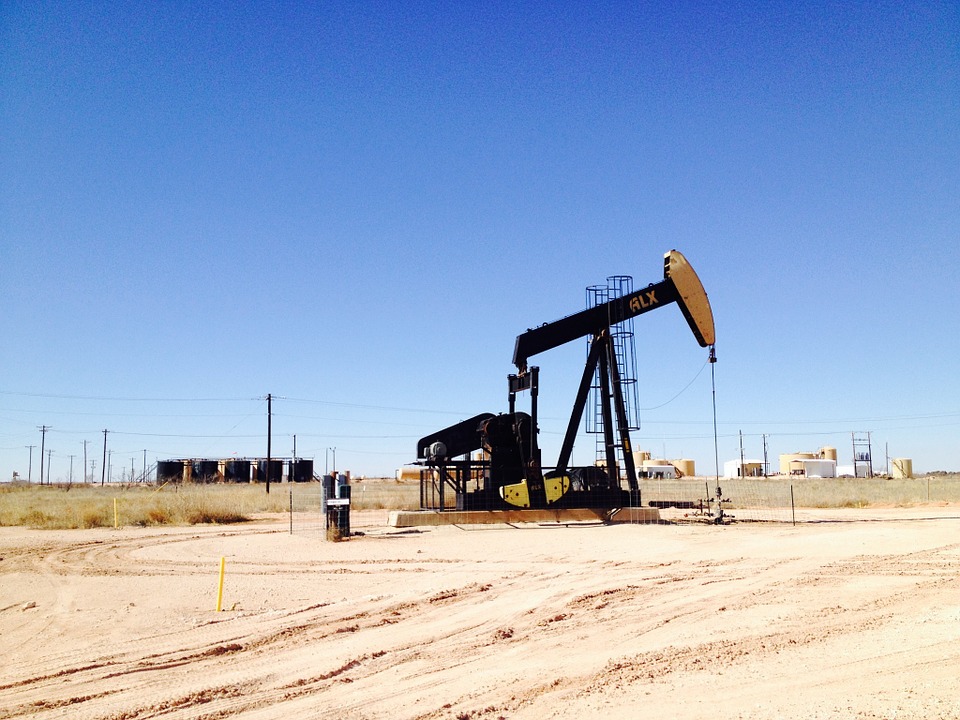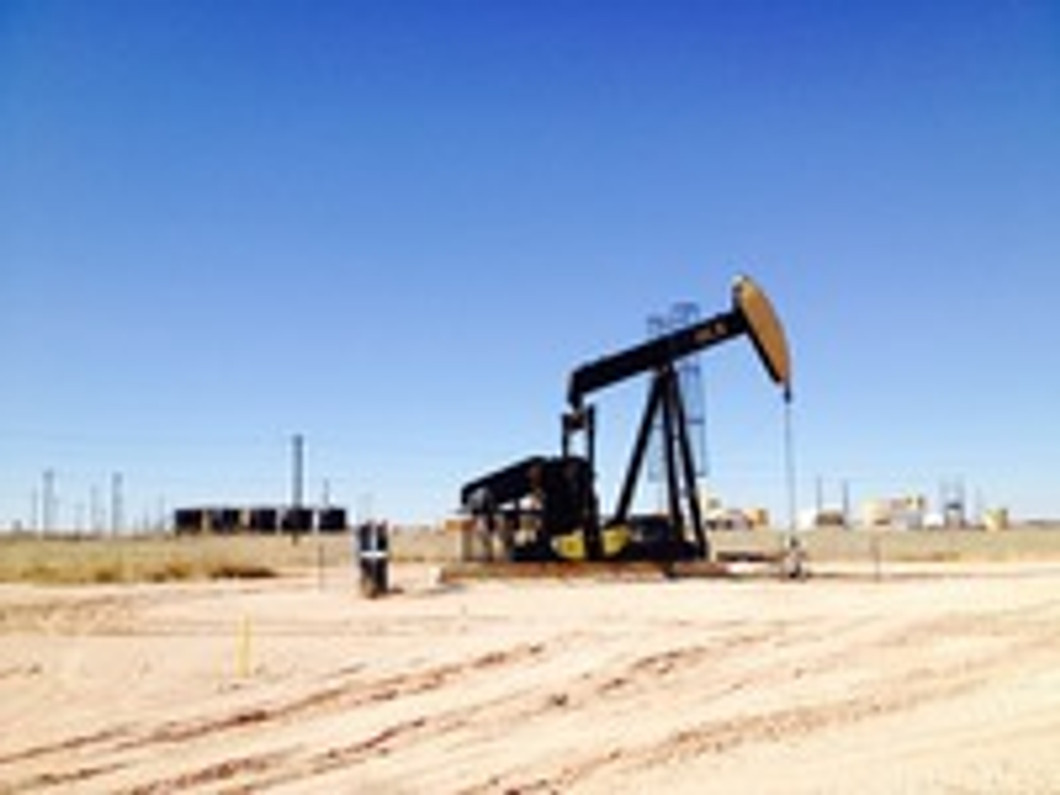Air Pollution from Fracking May Lead to Illness

A new study has found that air pollution from fracking may increase respiratory illness and disease in children. Uncoventional oil and gas (UOG) operations are used to harvest natural gas, which is then used to power/warm homes. But there's new evidence indicating that fracking may also have health implications.
Fracking involves the use of high-powered pumps to extract water, dirt and chemicals from rock formations deep below the Earth's surface. It's become an increasingly popular way for energy companies to harvest natural gas. But fracking doesn't come without consequences, such as the potential for air pollution. Researchers are saying that air pollution caused by fracking is leading to an increased rate of respiratory disease in children.
A consortium of researchers and experts on the subject, from the Center for Environmental Health, the Institute for Health and the Environment, Physicians for Social Responsibility and the Alliance of Nurses for Healthy Environments, found fracking to be particularly dangerous to infants and children, posing a significant risk to their respiratory health.
According to the Environmental Protection Agency (EPA), there are roughly 700 chemicals used in fracking, many of which have been shown to cause illness or even cancer. To make matters worse, however, oil and gas companies are not required by law to release the exact chemicals used in their operations. Therefore, some of these companies are knowingly releasing a cocktail of dangerous pollutants into the environment, which are then inhales by residents living nearby.
"Pollutants can be emitted during venting, flaring, production and leaks from faulty casings. In addition, truck transportation of materials to and from well pads and vehicular equipment use during construction and maintenance generate air pollution from particulate matter and diesel exhaust," explained the study's authors.
Not surprisingly, people who live close to fracking operations, usually within half a mile) have the greatest risk of developing respiratory disease or other forms of illness associated with this practice. As such, researchers are recommending that schools, hospitals and similar infrastructures in which children may live should be moved to a minimum distance of one mile away from the fracking site.
This study was published in the journal Reviews on Environmental Health.
Recent Posts
-
Fire Safety in the Workplace: What You Need to Know
What steps are you taking to prevent fires in your workplace? According to the U.S. Occupational Saf …Aug 23rd 2023 -
Is It Safe to Go Jogging With a Cold Infection?
If you're suffering from a cold infection, you might be wondering whether it's safe to go jogging. T …Aug 22nd 2023 -
5 Safety Tips to Follow When Using a Powder-Actuated Tool
Powder-actuated tools are commonly used to join materials to steel and concrete. Also known as Hilti …Aug 20th 2023




